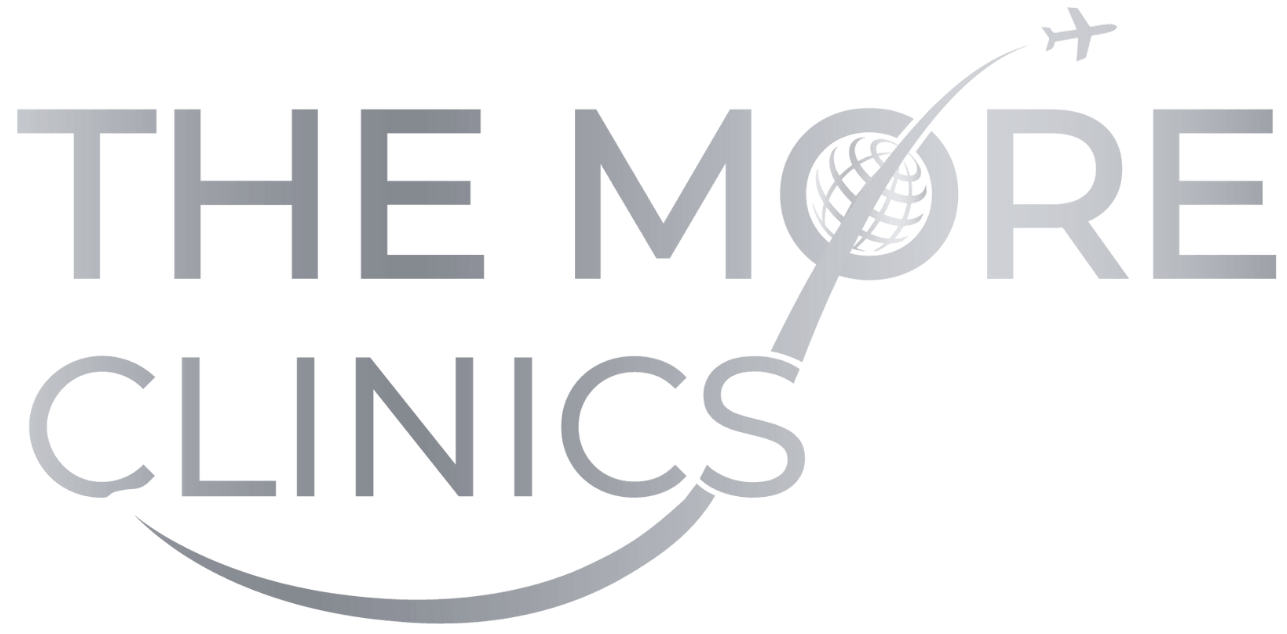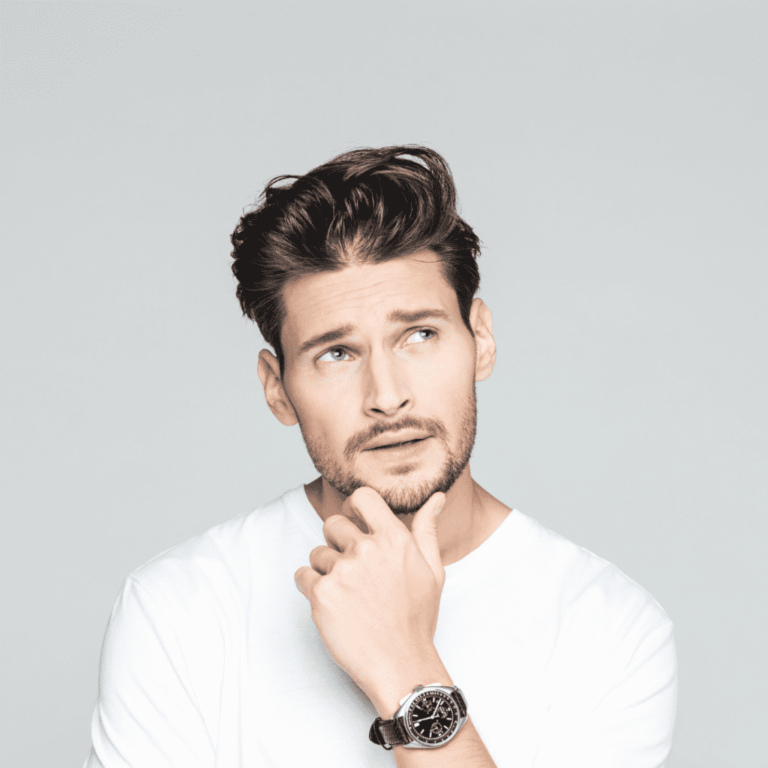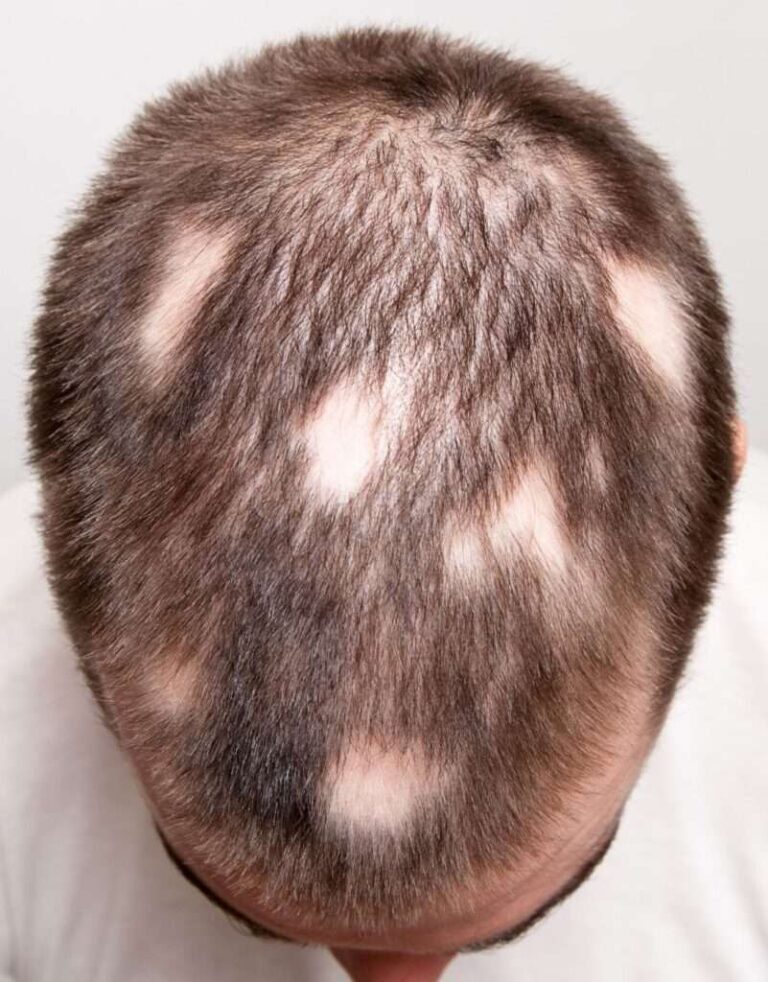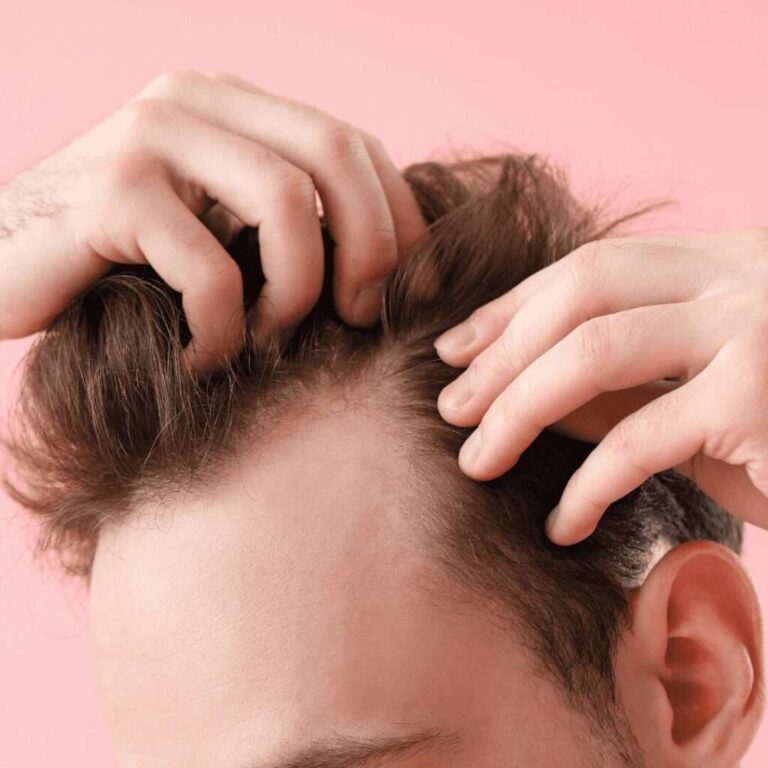Hair Transplant Recovery and Aftercare
Hair transplant surgery can be a transformative experience, offering a renewed sense of confidence and self-esteem. The journey, however, doesn’t end once you’ve left the surgeon’s office. The path to boasting a full and natural-looking mane involves a critical recovery and aftercare period. In this guide we will also guide you what to expect when with hair transplant recovery timeline and tips to maintain good results.
Hair transplantation, whether you opt for Follicular Unit Extraction (FUE) or Direct Hair Implantation (DHI), is the start of a transformative journey towards restored confidence and self-esteem. With Turkey leading the way in cutting-edge hair restoration techniques, the promise of a fuller, denser hairline has never been more accessible. However, it’s critical to understand that the success of these procedures largely depends on the recovery and aftercare process. With the right care, you can maximize your hair transplant success and enjoy the fruits of your hair restoration journey.
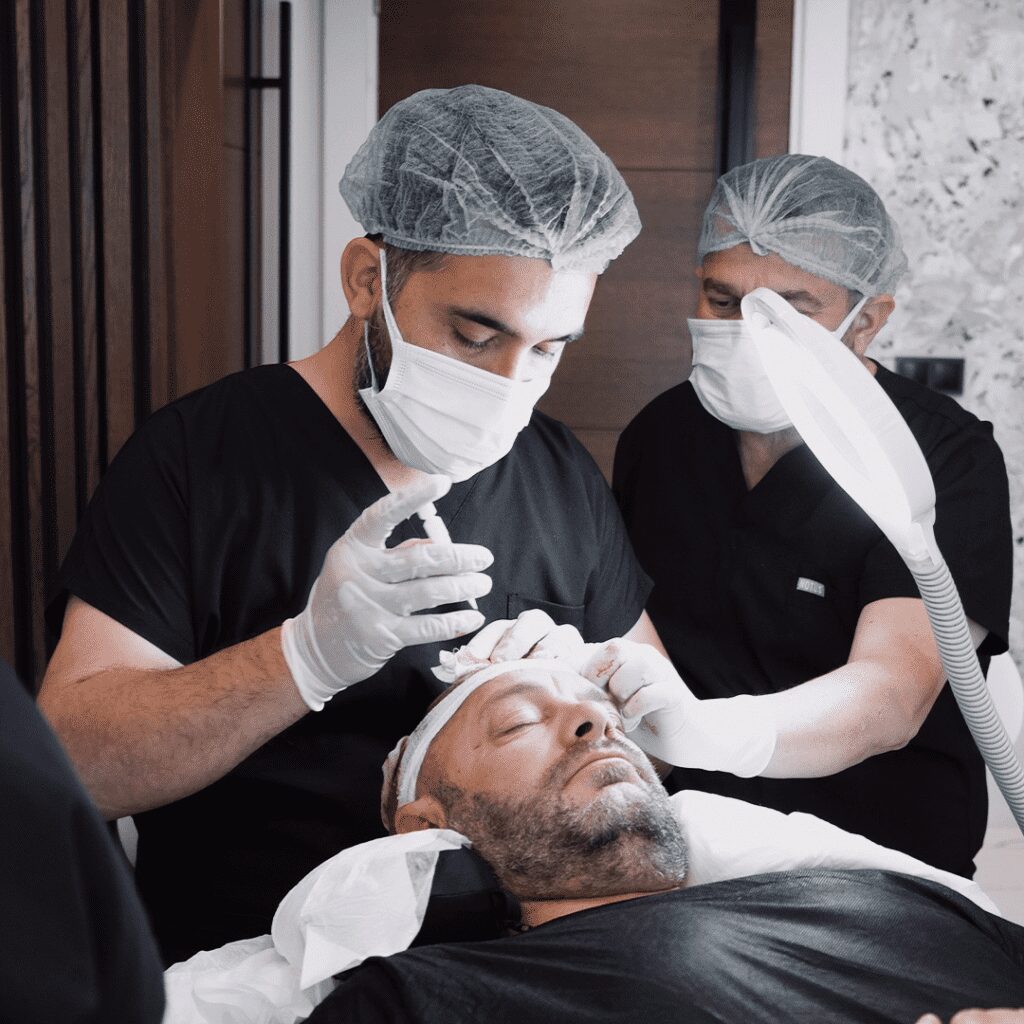
This guide aims to illuminate what you can expect during the recovery process after a hair transplant and provide crucial aftercare tips to help ensure the success of your surgery. We will also shed light on the timeline for hair growth, helping you understand when you can expect to see the full benefits of your hair transplant.
Key Differences Between DHI and FUE Recovery
While both Direct Hair Implantation (DHI) and Follicular Unit Extraction (FUE) are effective hair transplant techniques, the recovery process for each is slightly different. In both cases, meticulous aftercare is crucial to ensure successful hair growth and minimize any potential complications. Related Post: Difference between Fue and Dhi Technique.
DHI Recovery
In DHI, there is typically less bleeding and fewer post-operative instructions due to the precision of the technique. The use of a specialized implantation pen in DHI allows for the direct transfer of hair follicles into the recipient area, minimizing trauma to the scalp. This results in a relatively quick recovery process, with most patients able to return to their normal activities within a few days post-operation.
FUE Recovery
FUE, on the other hand, involves the extraction of individual hair follicle units from the donor area, followed by their placement in the balding or thinning areas. While this method is less invasive than traditional hair transplant methods, it may result in minor scabbing in the donor area. The recovery period for FUE is also relatively brief, with patients generally able to resume their usual routines within a week. However, the exact recovery timeline can vary based on the patient’s overall health and the extent of the transplantation.
Expected Hair Transplant Recovery Timeline and Hair Growth
The hair growth and recovery timeline after a hair transplant is a gradual process and varies slightly between DHI and FUE. For both procedures, the initial healing phase is completed within the first couple of weeks. During this time, the transplanted hair follicles will usually shed, which is a normal part of the process and should not be a cause for concern.
By the end of the first month, you may begin to notice small amounts of new hair growth. However, the most significant changes generally occur between the third and sixth month post-operation. This is when the transplanted hair follicles truly begin to thrive and grow, and when patients start to see noticeable improvement in density and coverage.
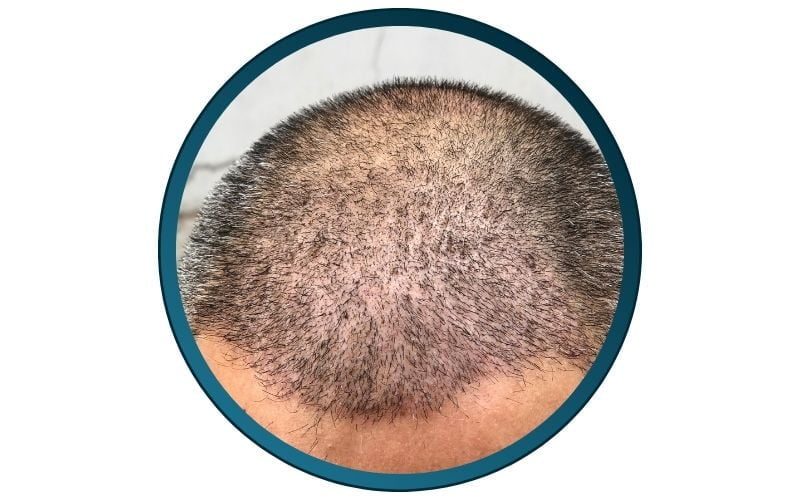
By the end of the sixth month, about half of the transplanted hairs should have grown out. The hair will continue to thicken and become denser over the next six months. Most patients can expect to see the final results of their hair transplant around 12 months after the operation.
Remember, every individual’s recovery and hair growth timeline can vary based on factors such as the extent of hair loss, the number of grafts transplanted, overall health, and adherence to aftercare instructions.

What to Expect After the Hair Transplant in Turkey
Following your hair transplant procedure, it’s normal to experience some mild discomfort and sensitivity in the treated area. Here’s what you can expect during the recovery period:
- Scab Formation: Small scabs will form around the transplanted hair follicles, which is a natural part of the healing process.
- Redness and Swelling: You may notice some redness and swelling in the recipient area, but it should subside within a few days.
- Minor Shedding: In the weeks following the procedure, the transplanted hair may temporarily shed before new hair growth begins.
- Graft Stabilization: It’s essential to allow the grafts to stabilize, so avoid any activities that may disturb them.
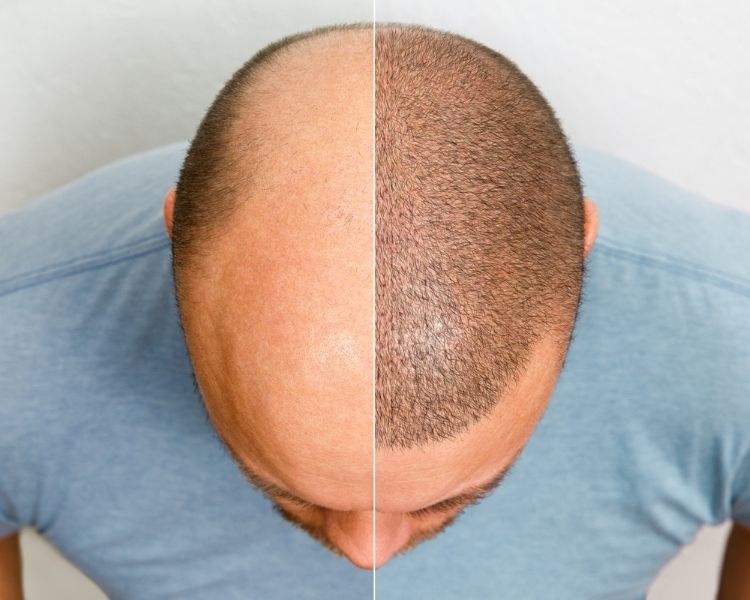
Aftercare Instructions for Hair Transplant Recovery
Aftercare for Short-Term
The initial days and weeks after your hair transplant are critical for successful healing. Follow these aftercare instructions for short-term recovery:
- Medication: Take prescribed medications as instructed by your hair transplant specialist to prevent infection and manage discomfort.
- Avoid Touching: Refrain from touching, scratching, or picking at the treated area to avoid infection and protect the newly transplanted hair.
- Gentle Hair Washing: You may gently wash your hair after the specified waiting period, using the provided shampoo and following your specialist’s instructions.
- Avoid Sun Exposure: Protect your scalp from direct sunlight and wear a hat when going outside.
- No Strenuous Activities: Avoid strenuous exercises and activities that may cause excessive sweating during the early recovery period.
- Avoid Sauna, Spa, and Swimming: It’s recommended to keep your scalp away from heat, steam, and chlorine during the recovery process. Avoid visiting saunas, spas, or swimming in a pool for at least one month post-procedure to prevent potential complications and ensure optimal healing.
Aftercare for Long-Term Success
To maintain the results of your DHI hair transplant for the long term, follow these essential aftercare tips:
- Stay Hydrated: Drink plenty of water and maintain a well-balanced diet to promote healthy hair growth.
- Scalp Massage: Gently massaging your scalp can enhance blood circulation and stimulate hair follicles.
- Avoid Smoking and Alcohol: Smoking and excessive alcohol consumption can negatively impact hair growth and overall health.
- Regular Follow-ups: Attend regular follow-up appointments with your hair transplant specialist to monitor progress and address any concerns.
Daily Tips for Best Results
In addition to the aftercare instructions, follow these daily tips to achieve the best results:
- Hair Care Routine: Follow a gentle hair care routine, including using mild shampoos and conditioners suitable for your hair type.
- Hair Cut: Wait for at least six weeks post-operation before getting a haircut to allow for proper healing and growth of the transplanted hair.
- Be Patient: Hair growth takes time, and visible results may vary from person to person. Stay patient and allow your hair to grow naturally.
- Stress Management: Minimize stress as much as possible, as it can affect hair growth.
- Protect Your Scalp: When outdoors, wear a hat or use sunscreen to shield your scalp from harmful UV rays.
- Healthy Lifestyle: Adopt a healthy lifestyle with a balanced diet, regular exercise, and sufficient sleep to support hair growth.
Last Words from the More Clinics
A successful hair transplant requires proper aftercare to ensure optimal results and natural hair growth. By following the short-term and long-term aftercare instructions, along with daily tips, you can enjoy the benefits of your hair restoration journey. Remember to be patient and follow your hair transplant specialist’s guidance for the best outcome.
Experience the expertise of The More Clinics for your hair transplant in Turkey. Contact us to learn more about our advanced hair restoration solutions and embark on a transformative journey towards a confident and fuller head of hair.
GET A FREE CONSULTATION!
Let’s Start Planning Your Treatment %100 Guarantee Results.
FAQs About Hair Transplant Recovery and Aftercare
1. How long does it take to recover from a hair transplant?
Recovery time varies from person to person, but most individuals can return to normal activities within a week. Swelling and redness around the transplant area typically subside within a few days, while the transplanted hair will gradually start to grow over the following months.
2. What aftercare steps are essential following a hair transplant?
Proper aftercare is critical to ensure optimal results. Follow your surgeon’s instructions, which may include gentle washing of the scalp, avoiding direct sunlight, refraining from strenuous activities, and not scratching or picking at the treated area.
3. Can I drink green tea after a hair transplant?
While green tea is generally known for its health benefits, it is advisable to avoid it immediately after a hair transplant. Green tea contains compounds that can thin the blood and potentially interfere with the healing process. It’s best to consult your surgeon about when it’s safe to reintroduce green tea into your diet.
4. When will I see results from my hair transplant?
Hair growth is a gradual process. You may notice shedding of the transplanted hair in the first few weeks, which is normal. New hair growth typically starts around 3 to 4 months post-surgery, with full results visible after about a year.
5. Are there activities I should avoid during recovery?
Yes, certain activities like intense exercise, swimming in chlorinated pools, or wearing tight-fitting hats should be avoided for at least a few weeks to protect the transplanted area and prevent any disruption to healing. Follow the timeline provided by your doctor.
6. What should I eat to support recovery?
A healthy, balanced diet rich in vitamins and proteins can promote healing and support hair growth. Foods with zinc, biotin, and vitamins A, C, D, and E are particularly beneficial during recovery.
